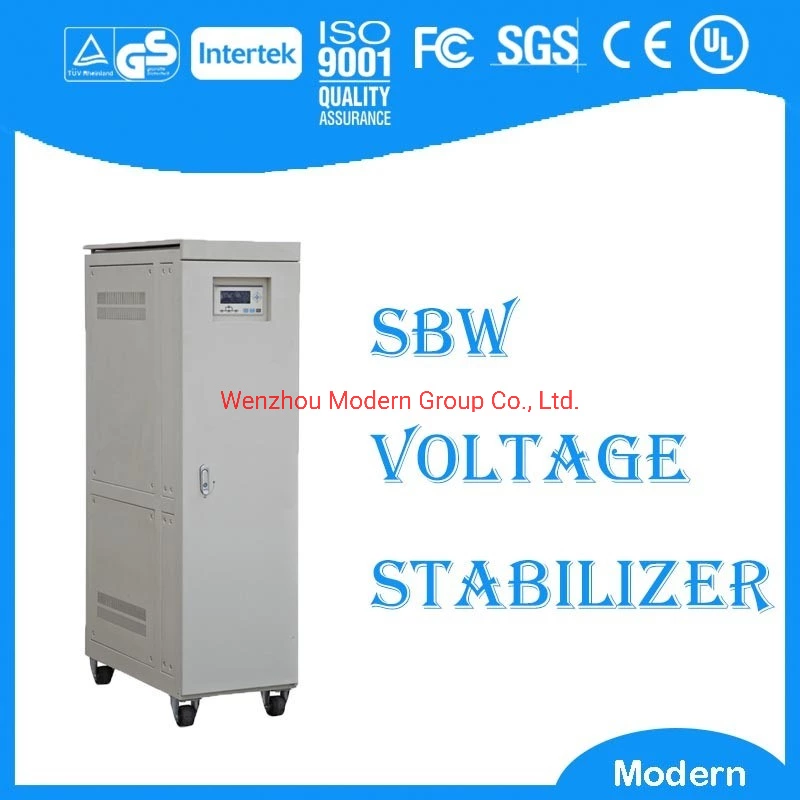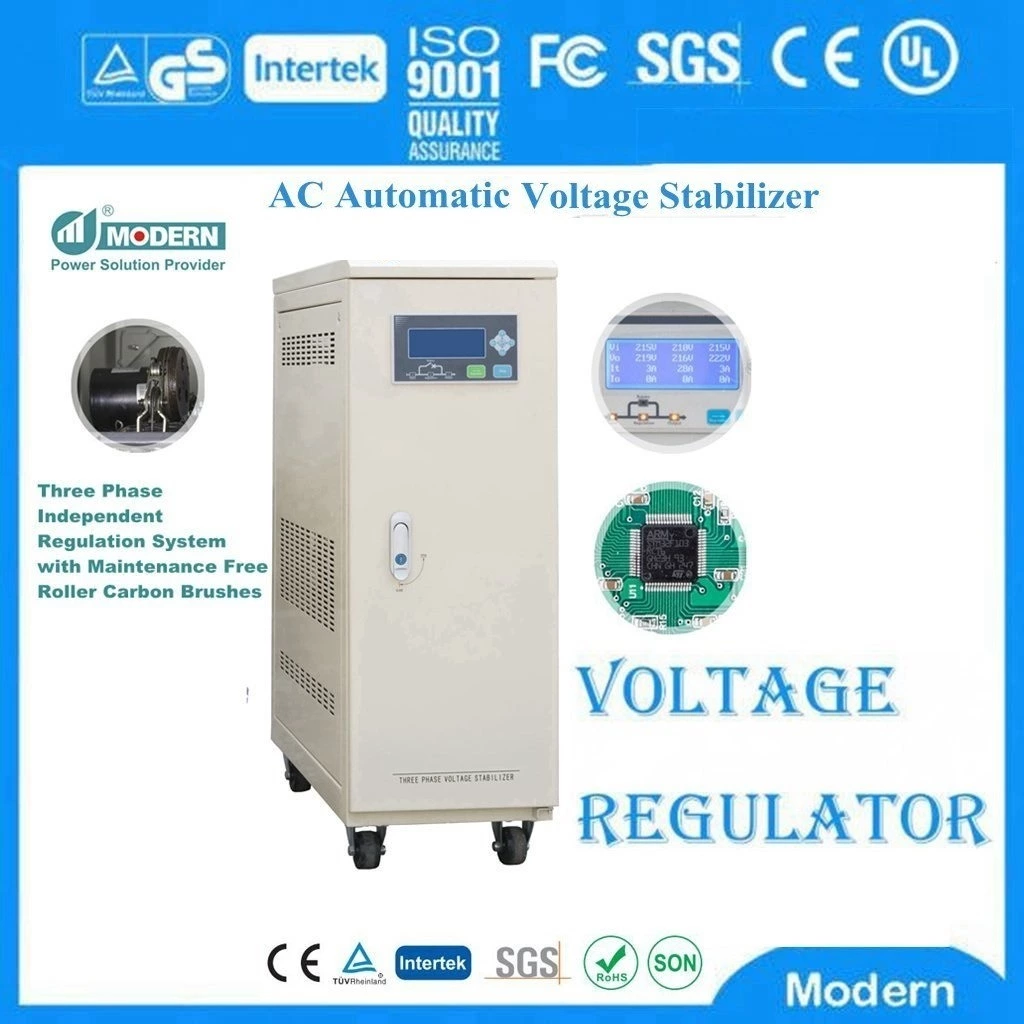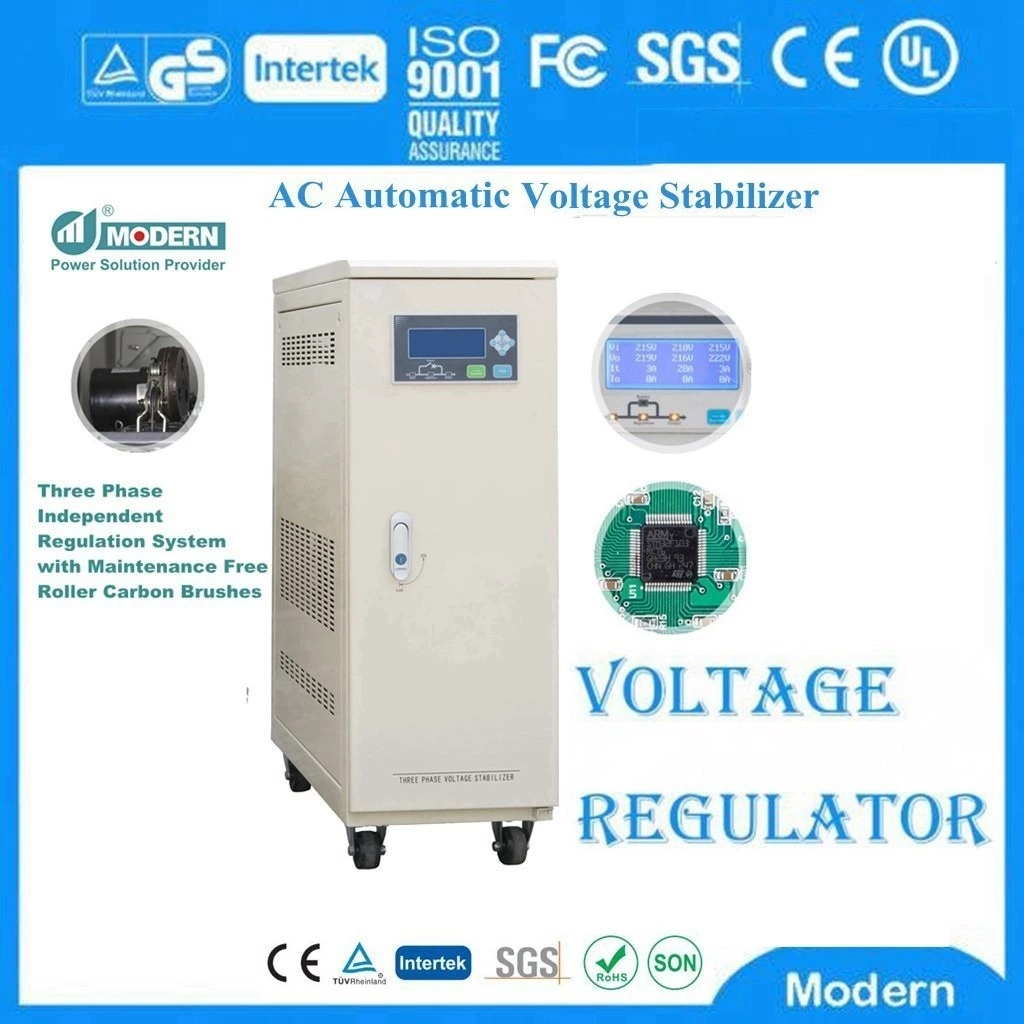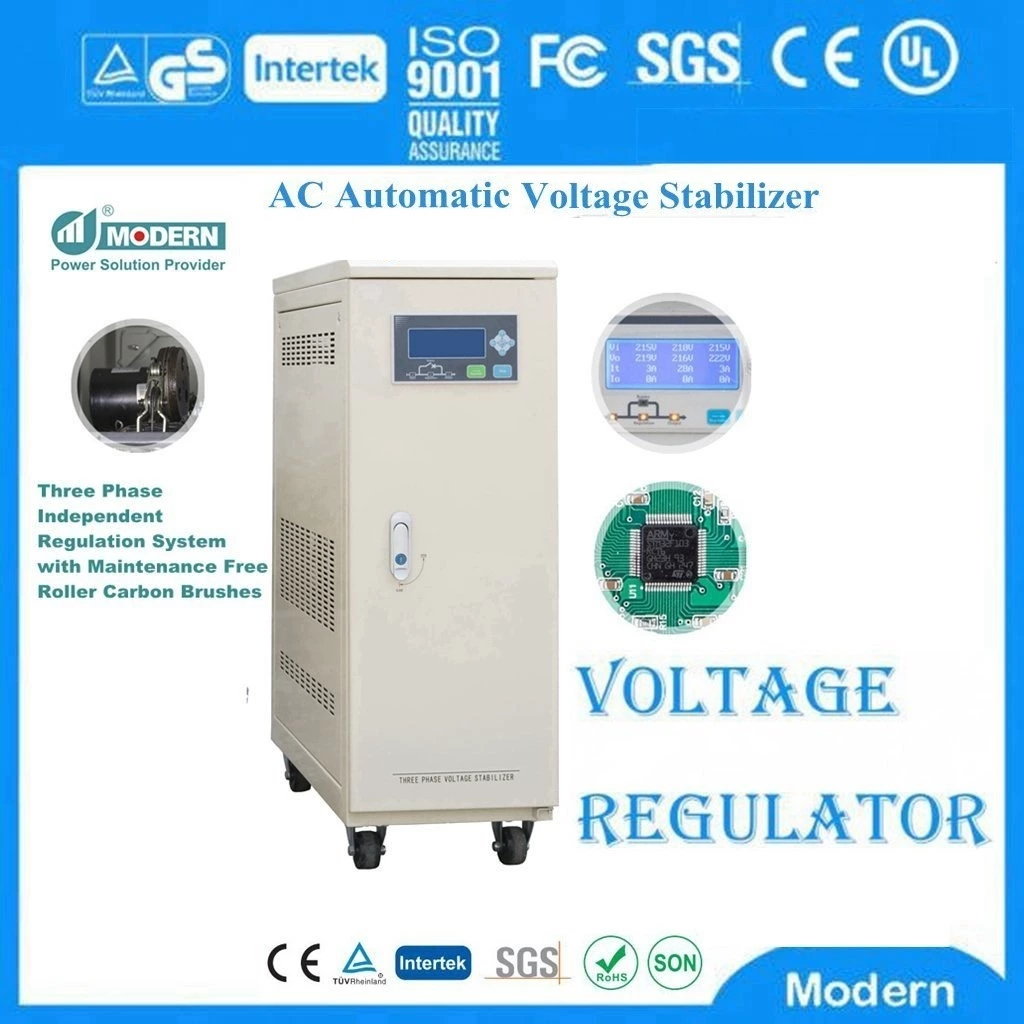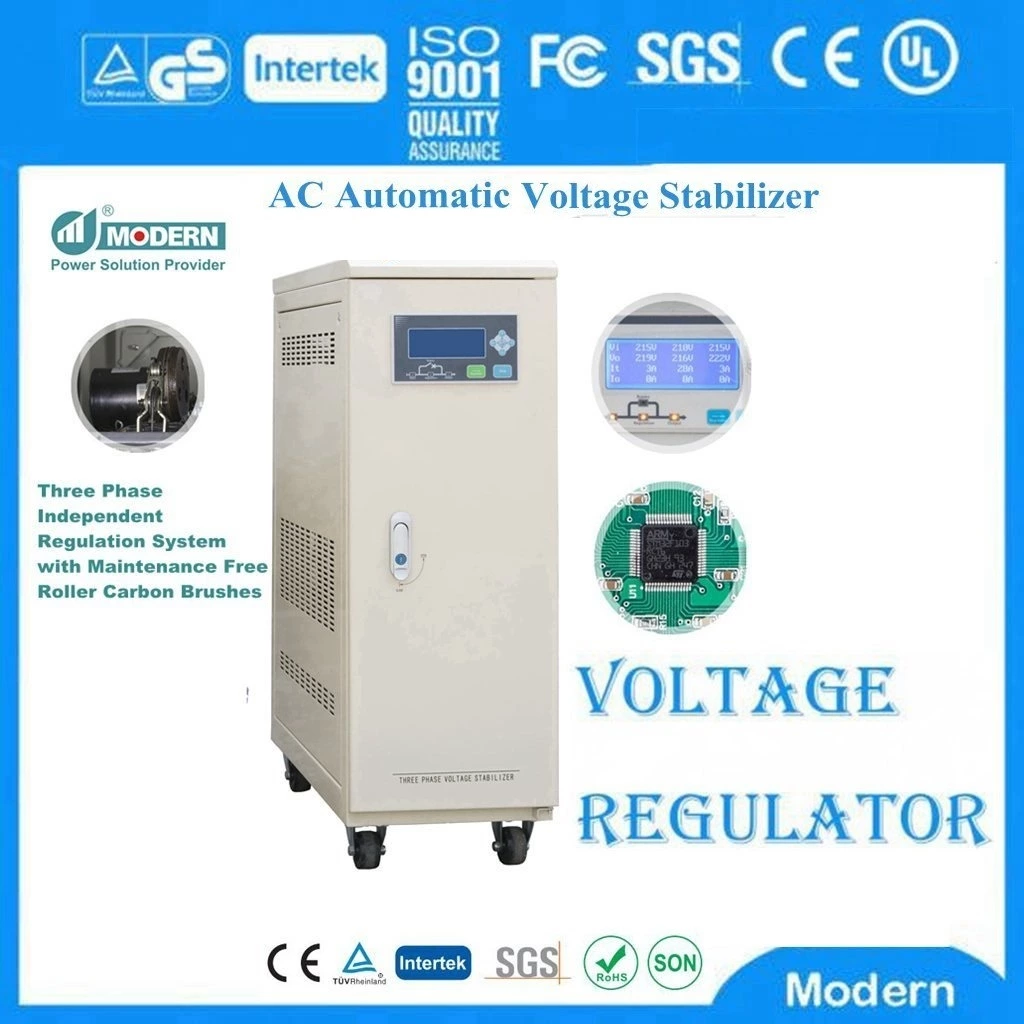The Parallel Star Topology Also Uses A Fixed Voltage Mode
The parallel star topology also uses a fixed voltage mode. The inverter determines the line voltage based on the DC-AC loop. At this time, each Voltage Optimiser boosts the voltage of its own output terminal to a specified value. At this time, the current input to the inverter is equivalent to the sum of the currents after the maximum power collected by each voltage optimizer is divided by the rated voltage. Since the obstruction of thick clouds has little effect on the voltage of the components, but mainly affects the output current, the parallel voltage optimizer basically does not have frequent voltage mismatch adjustments, and because it is a parallel relationship, the output currents will not affect each other, so this can indeed be regarded as an advantage of the parallel voltage optimizer over the series type. At the same time, if individual components are severely obstructed and the boost device cannot be started, the voltage optimizer will automatically disconnect and send an error signal, and restart until the obstruction problem is removed. However, compared with the series topology, the parallel topology also has a defect like the micro inverter, which is a large boost span. The open circuit voltage of the most popular components is about 38 volts, and the operating voltage is about 30 volts. Under normal circumstances, the voltage step-up and step-down range of the series topology is controlled between 10% and 30%, and the range is increased to 10% to 90% under voltage compensation. However, both the parallel topology and the micro inverter need to boost the component input voltage to a fairly high value, usually around 400V, which is equivalent to 1000%, or more than 10 times the increase. This is a more challenging duty cycle for boost devices that do not have a transformer and rely solely on switch control, especially under the higher ambient temperature on the roof.
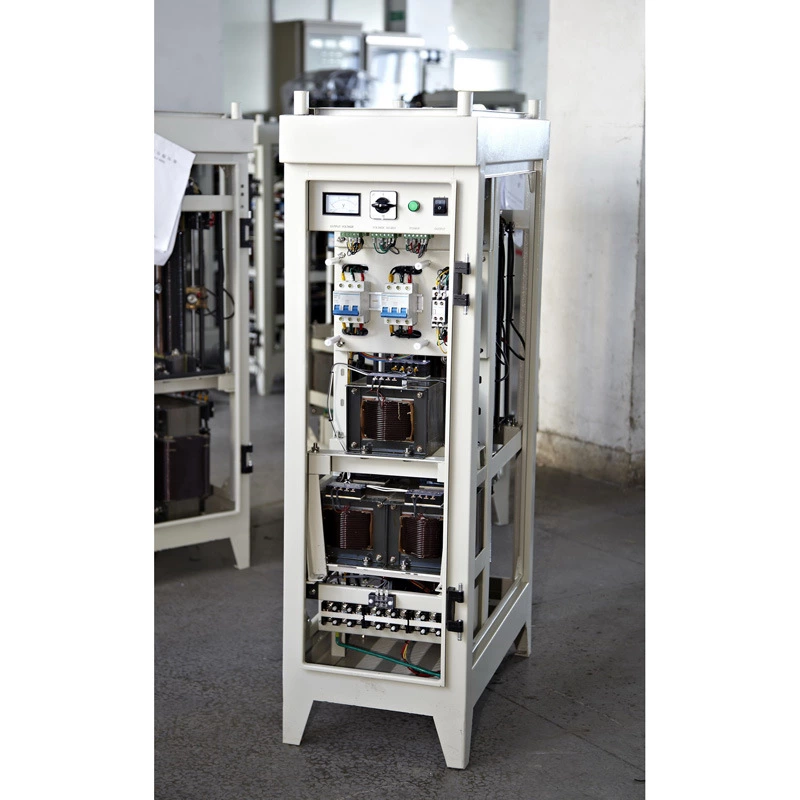
 Русский
Русский
 Français
Français
 Português
Português
 Español
Español
 اللغة العربية
اللغة العربية
